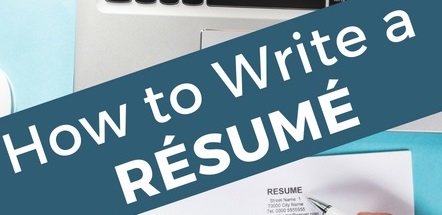When we work one-on-one with individuals and companies or do LinkedIn training for organizations, one of the things our clients and listeners say is that they had no idea LinkedIn was so important. To those who have not yet experienced its career-changing potential, it can seem like any other social network. Nothing could be further from the truth.
Facebook is a great place to reconnect with old friends, colleagues and family members and to share personal pictures and updates. While Facebook can be used to market one’s professional skills, the content you post on Facebook is not necessarily that which you would want an employer, a future employer or job recruiter to see, and most people use the privacy settings to keep their personal information only visible to those with whom they are friends. Those on Facebook are great personal profile examples.
LinkedIn, on the other hand, is the perfect place for all career and business related networking to take place. Sure, you can connect with old school friends but, really, the main focus of LinkedIn is as a professional networking site. This means, the way your profile is written, the information you include and the people with whom you connect should all be very different than Facebook, and the LinkedIn profile examples you see are those that achieve real results in the way of job contacts, job offers and new clients.
The thing is, it has rapidly become the place in which people and companies investigate those with whom they will or may choose to deal with on a professional level in the future. If you’re going to a job interview, for instance, chances are good that the person or company who’s deciding whether or not to hire you has already checked you out on LinkedIn. If yours is not one of the professional profile examples I mentioned earlier, complete, well-written and current – chances are you won’t be making the type of first impression you had hoped. Seeing as though it is also the first place job recruiters search for candidates, an outstanding profile is what will determine whether or not you receive a call or you’re skipped over for someone with a more professional-looking profile.
The same can be said about potential clients; if your LinkedIn Company page is lacking in information, appears disorganized or unprofessional, prospective clients may choose to deal with someone who puts more of an effort into upholding their company’s image. Now that you understand some of the reasons casual or personal profile examples are acceptable on Facebook but just won’t cut it on business networks, you’ve got to figure out how to tweak your profile so that it represents you, professionally speaking, in the best possible way.

